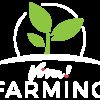
Farming is not just about producing food. Farmers are stewards of the land and at Viva! Farming we believe they should be compensated as a benefit to society. With the new changes to the UK agricultural subsidies system, we hope the government will recognise and reward restoring our native eco-systems, carbon capture and reforestation as a public good.
In a 2020 report, ‘Land Use: Policies for a Net Zero UK’, the UK’s Climate Change Committee (CCC) warned that further use of land for intensifying agriculture must be stopped and the sector should lead the way when it comes to creating long-term carbon sinks 1https://www.theccc.org.uk/publication/reducing-uk-emissions-2020-progress-report-to-parliament/. These recommendations involve planting at least 30,000 hectares of new woodland each year, restoring 50-75% of upland and 25-50% of lowland peat by 2050, and 23,000 hectares of perennial bioenergy crops per year, along with dietary change and food waste reduction. These goals are also echoed by the Nation Farmer’s Union in their report, ‘Achieving Net Zero, Farming’s 2040 Goal’ 2https://www.nfuonline.com/archive?treeid=137544 and Zero Carbon Britain 3https://cat.org.uk/info-resources/zero-carbon-britain/research-reports/zero-carbon-britain-rising-to-the-climate-emergency/.
Changes in the way we farm and use our land to put much more emphasis on carbon sequestration and biomass production alongside improving the condition of natural assets to enhance resilience and halt biodiversity loss. Enabled by healthier diets and reductions in food waste, our scenarios involve a fifth of UK agricultural land shifting to tree planting, energy crops and peatland restoration.
– ‘Land Use: Policies for a Net Zero UK’, the UK’s Climate Change Committee (CCC)
It is vital that these land changes happen on marginal land which cannot support arable crop growing in order to minimise the amount we need to rely on imported food. This is the type of land which has been written off as only suitable for livestock grazing, however restoration and reforestation does not require animals and often they can be detrimental to landscapes. We hope that the upcoming subsidy schemes place value on carbon sinks and nature recovery on marginal and peat lands as a viable alternative to animal farming. The Climate Change Committee estimates we need to set aside nearly a quarter of agricultural land for carbon sinks and this is not compatible with the current rate of animal farming. Radical change to land use and farming is necessary to meet the net zero goal, and given the sheer amount of land used to farm animals in the UK, it will inevitably mean taking animals off this land.

